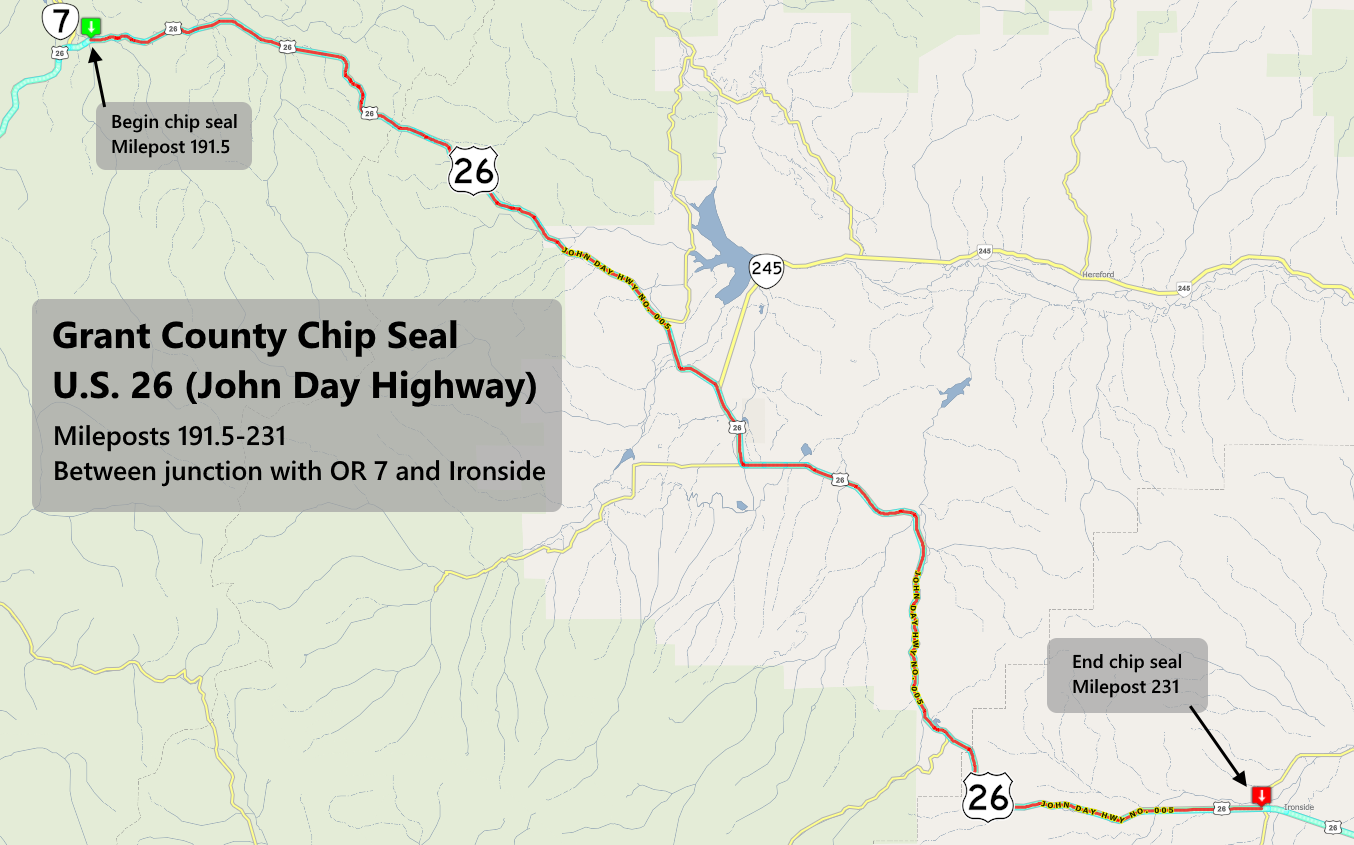ACA plans remain unaffordable for older, middle-class
Published 12:00 am Sunday, March 31, 2019

- (123RF)
For Kathryn Cowsert, the Affordable Care Act brings up mixed feelings.
On the one hand, she and her husband are self-employed and before the ACA may not have qualified for health insurance. On the other hand, the Bend couple pays more than $13,000 a year for health insurance for themselves and their newborn daughter, with deductibles and copayments on top of that.
“We essentially spend as much money on premiums as we would on a car every year, and that is before we get sick or injured,” Cowsert said. “It feels unaffordable.”
For many Oregonians, the significant subsidies provided by the Affordable Care Act allows them to buy health care coverage they couldn’t otherwise afford. But an analysis released this month by the Kaiser Family Foundation shows insurance premiums are out of reach for many older, middle-class residents, particularly in more rural parts of the state.
In Central Oregon, for example, a 60-year-old individual with an annual income of $50,000 must pay at least $703 a month, representing 17 percent of his or her income. That would buy a bronze plan with a deductible of $6,550.
That person would pay at least $629 per month, or 15 percent of his or her income, for a comparable plan in Portland, and $915, or 22 percent, in Eastern Oregon.
Throughout the state, a 40-year-old individual making $50,000 would pay between 6 percent and 10 percent of his or her income for health insurance.
“If you fit in the guidelines of the Affordable Care Act with the tax subsidy, your costs come way down. But if you’re a single guy making over $40,000, it’s a lot of money,” said Gary Evenvold, an insurance broker and owner of Bend Health Insurance. “It’s a house payment.”
With limited funds, Congress opted to put more money toward subsidies for people with lower incomes. That meant subsidies were cut off for individuals with income over $48,560 or families of four with income over $100,400.
About 70 percent of Oregonians who apply qualify for subsidies, paying an average premium of $138 per month. Those subsidies largely shield them from annual premium increases. But those who don’t qualify for subsidies bear the full cost of premiums.
As a result, the number of subsidized people enrolling in plans in the U.S. has increased, from 8.7 million in 2015 to 9.2 million in 2019. But the number of unsubsidized people enrolling in ACA plans has dropped from 6.4 million to 3.9 million.
The analysis found a sharp drop-off in affordability between the $45,000 and $50,000 income level.
“That subsidy cliff at the eligibility cutoff, at 400 percent of poverty, is really dramatic, especially for older Americans,” said Rachel Fehr, a research assistant with the foundation’s health reform team and co-author of the study.
“When you look at the 60-year-olds right at maybe $50,000, so they make just above that cutoff, their plans just jump from less than 10 percent, to 15 to 25 percent of their income.”
Affordability drops even further in rural areas. In 25 percent of rural counties, 40-year-old individuals making $50,000 would spend more than 10 percent of their income for the cheapest plan available, compared with only 5 percent of people living in urban areas.
The higher costs in rural areas likely reflect a lack of competition, Fehr said, in terms of the number of insurers, the number of plans and the number of health providers.
Health plans generally negotiate lower rates with doctors and hospitals by excluding their competitors from their networks. But in rural areas, plans lack that negotiating power.
Patrick O’Keefe, an insurance broker with Cascade Insurance Center in Bend, says he’s talked to many clients who make slightly more than the cutoff for subsidies but find the full price of premiums unaffordable.
“If you take two people who are 55 years old, and they make $70,000, maybe they have $5,000 in net income and they’re spending 25 percent of that on a bronze plan,” he said. “They’re the ones that we’ve seen throwing in the towel.”
On the other end of the spectrum, he has plenty of clients who pay pennies each month for their premiums. Many of those wouldn’t be able to get insurance before the ACA due to their preexisting conditions. The ACA limits insurers’ ability to deny, limit or cancel coverage, bans annual and lifetime spending caps and ensures that more premium dollars are spent on delivering and improving care. But that raises costs for everybody.
“There are a lot of good things in the ACA, but they cost money,” O’Keefe said.
For those who can’t afford the premiums, many make difficult choices. O’Keefe has seen some couples opt to cover one person and not the other. Others have turned to Christian sharing plans, in which members pledge to help cover each other’s health care costs. Some people opt to limit their income in order to qualify for subsidies, especially if they’re just over the cutoff.
“I have had some people, especially if they’re unemployed, say ‘I’ll dial that back,’” O’Keefe said. “You shave five, six, seven thousand dollars off your annual income and gain $15,000 to $20,000 in tax credits.”
Evenvold said about 60 percent of his clients who don’t qualify for a subsidy pay the full premium to get ACA coverage. But another 40 percent opt for an indemnity plan that is cheaper but doesn’t cover as much.
Indemnity plans typically cover a certain percentage of doctor or hospital bills, while the patient is responsible for the balance.
“This is turning out to be quite a great alternative as long as you don’t have a preexisting condition,” Evenvold said. “People don’t want to be running without anything.”
Oregon is one of seven states that has implemented a reinsurance program which protects insurers against large losses. That’s helped to reduce premiums in the individual market by 6 percent over what they would have otherwise been, according to the Oregon Department of Consumer and Business Services. Long-term funding for reinsurance was recently signed into law by Gov. Kate Brown with House Bill 2010.
Legislators are also considering a bill that would allow Oregonians to buy coverage through the Oregon Health Plan, which could lower the costs for those who don’t receive subsidies.
At the federal level, a House bill introduced last year would extend subsidies to those above 400 percent of the federal poverty level, ensuring that no enrollees would play more than 9.8 of their income in premium costs.
Cowsert and her husband are now considering whether one of them should seek a job with employer-sponsored insurance to reduce their costs.
“The ACA has done wonders for individuals who were in a similar position as myself and for those who previously were denied coverage for preexisting conditions,” she said. “I would love to see a change or a to find a way to make it more affordable.”
— Reporter: 541-633-2162, mhawryluk@bendbulletin.com






